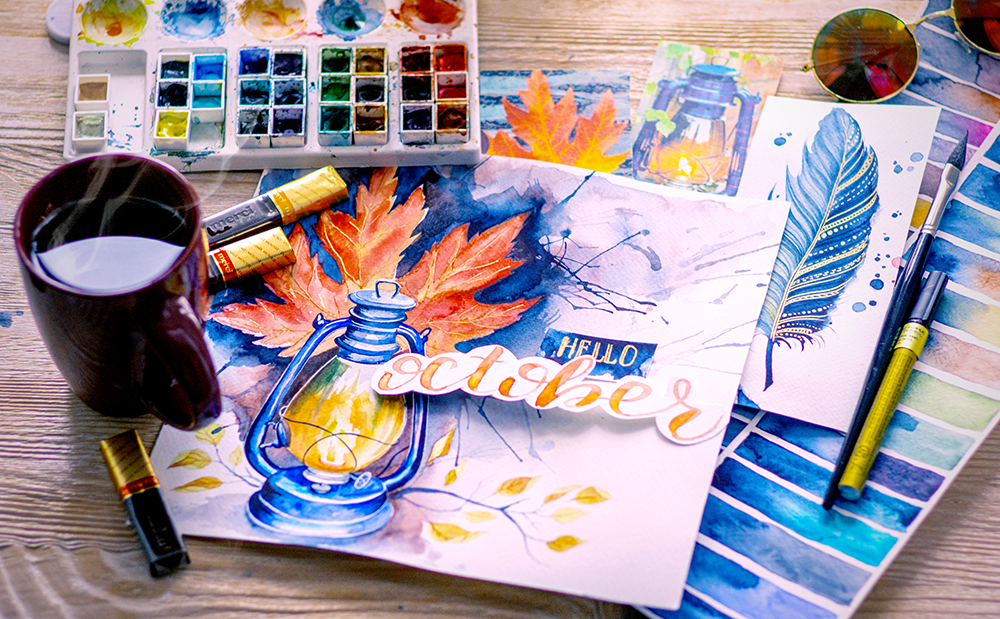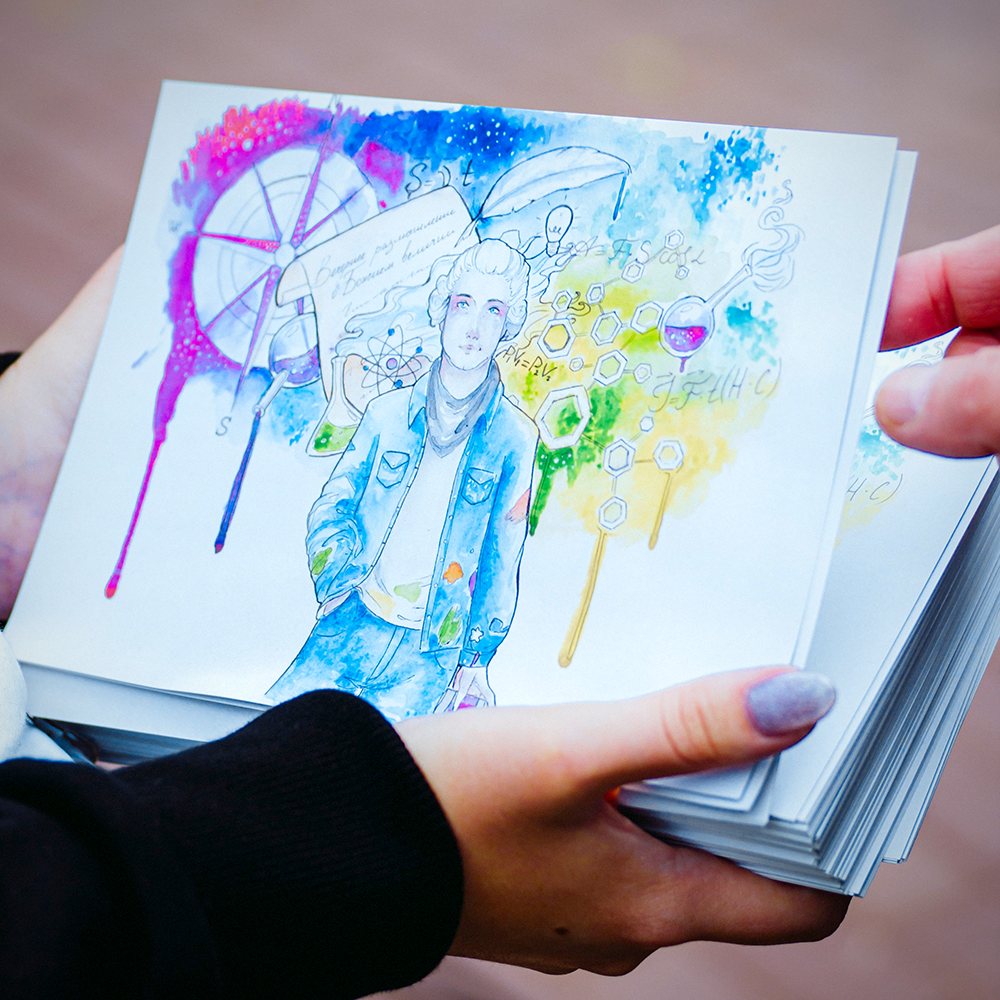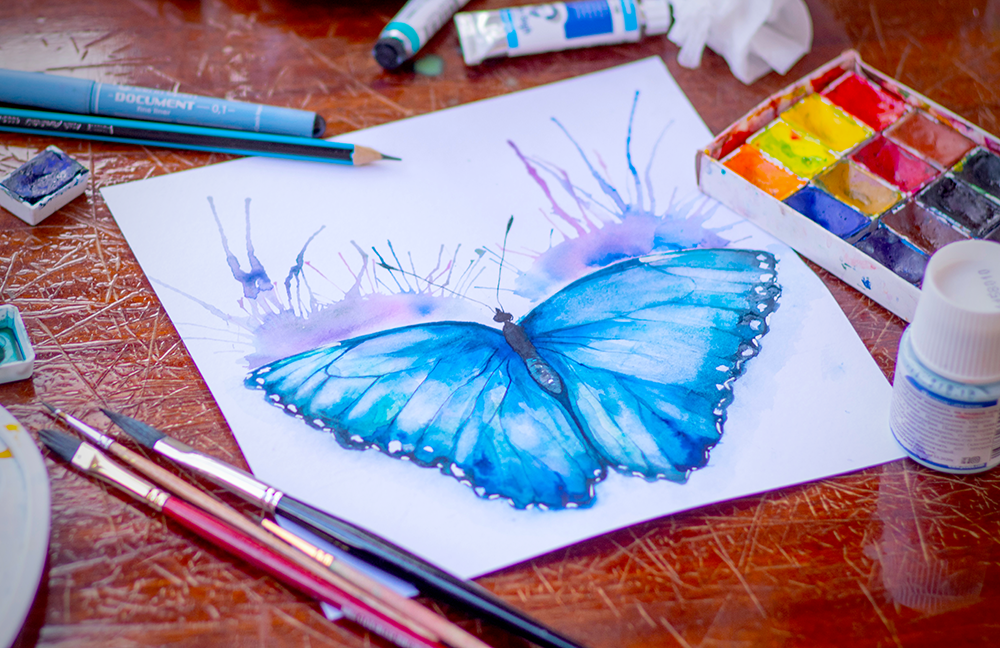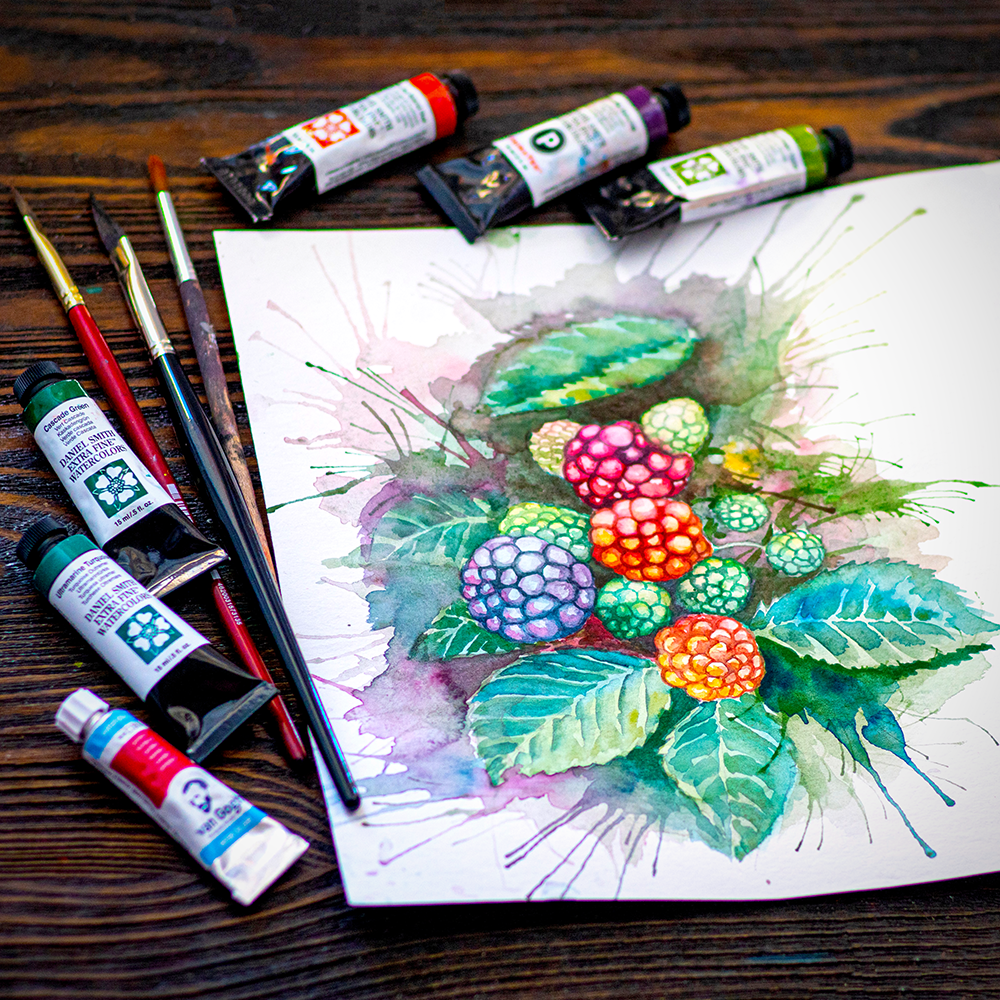Watercolor painting is a beautiful and unique art form.
The colors seem to dance on the paper, and the medium can be used to create stunning works of art.
However, watercolor painting can also be challenging, and it's important to know a few tips and tricks before you get started.
Here are 5 essential tips for watercolor artists.
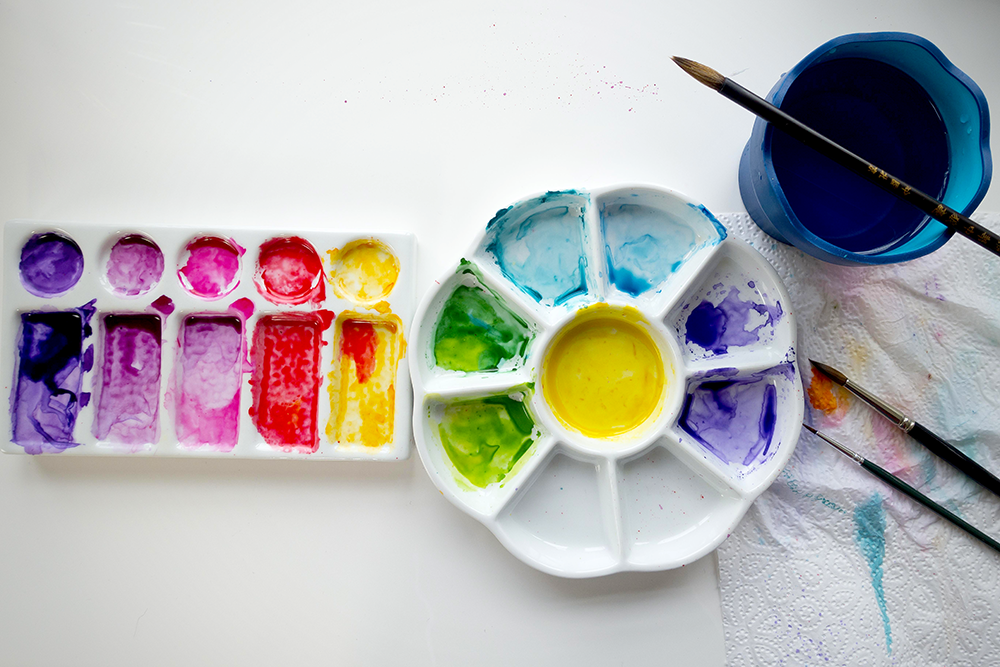
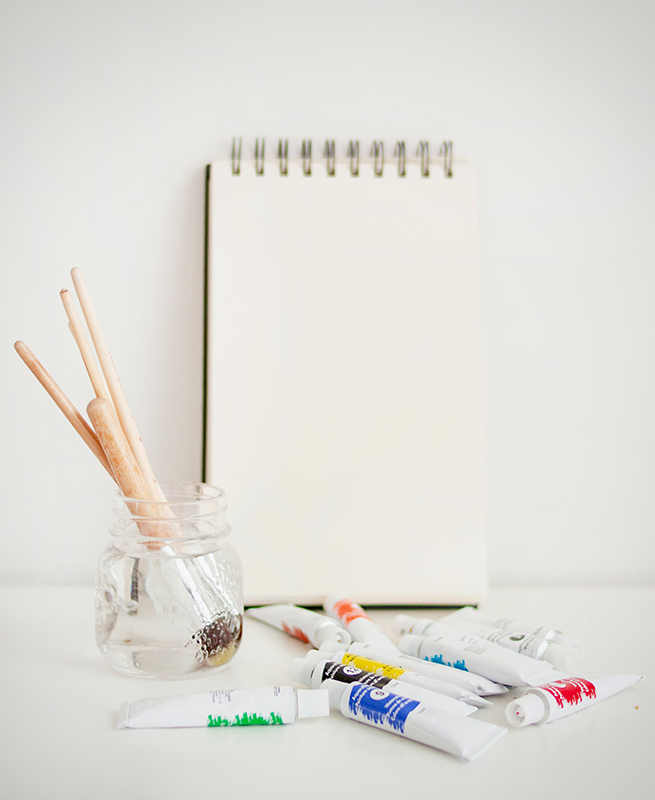

1. Start with Quality Materials
If you're serious about watercolor painting, it's important to start with high-quality materials.
Not all paper is suited for watercolor paints; regular, white paper isn't thick enough to absorb all of the water and will buckle and warp.
The type of paper you use will make a big difference in the final product, so be sure to choose a watercolor paper that is heavy-duty and acid-free.
Cheap paintbrushes will fall apart, and low-quality paints won't give you the results you're looking for.
It's worth it to invest in high-quality materials from the beginning.
While you might save money on purchasing cheaper supplies, you'll pay for it in the long run when your paintings are subpar.
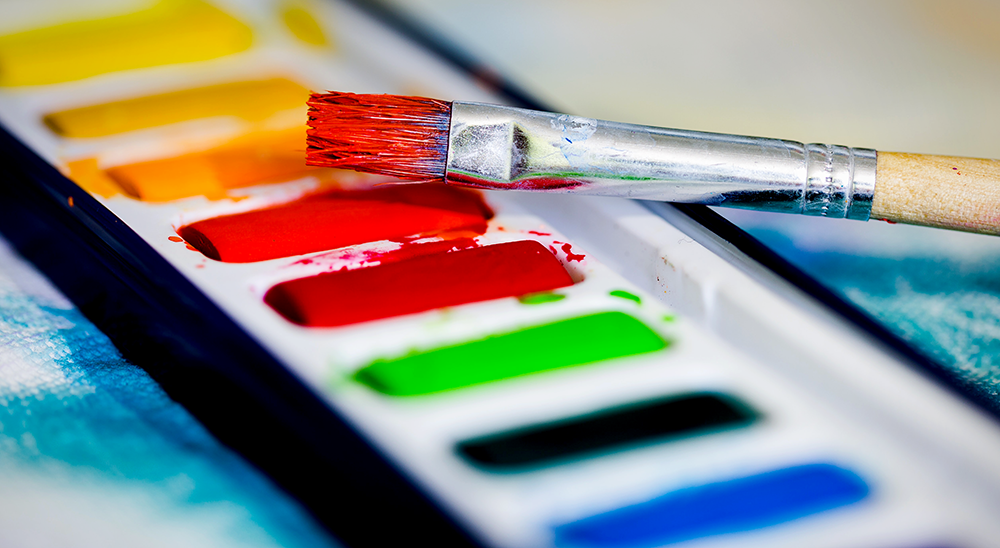

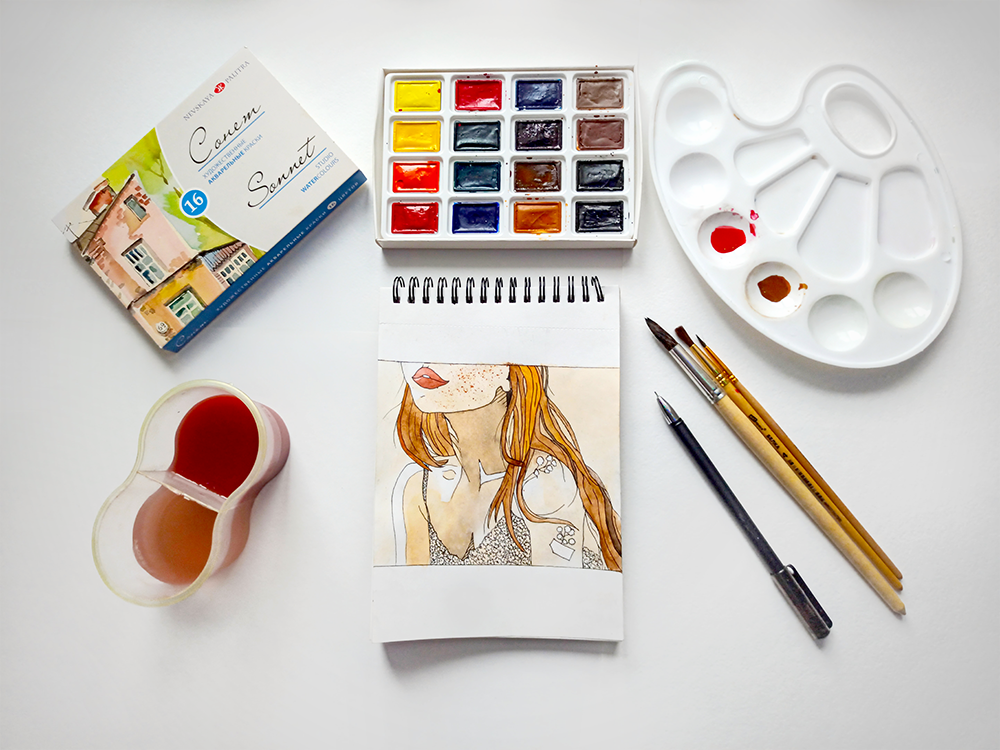
2. Become Familiar With Water
Water is your friend when painting with watercolors.
If your watercolor paint is too dry, add a little water to help it flow.
If your paint is too wet, blot it with a paper towel.
And if you want to lighten a color, simply add more water because the more water you use, the more translucent your colors will be.
When you add more paint, know your water to paint ratio, otherwise you might end up using paper towels a lot.
Using too much water is a common mistake and will make your colors runny, so it's important to find the right balance.
Get to know how much water your paints need, and you'll be well on your way to creating beautiful watercolor paintings.
Play around with water and get familiar with basic watercolor techniques.
Once you've mastered the basic techniques, it's time to start experimenting with more advanced techniques, like wet-on-wet and dry-brush.
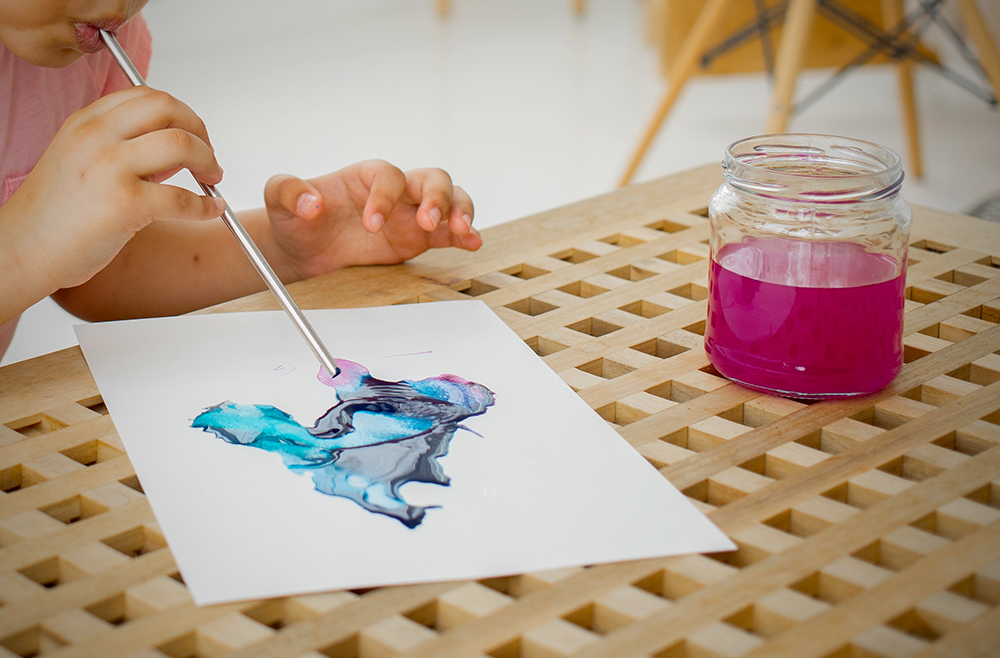

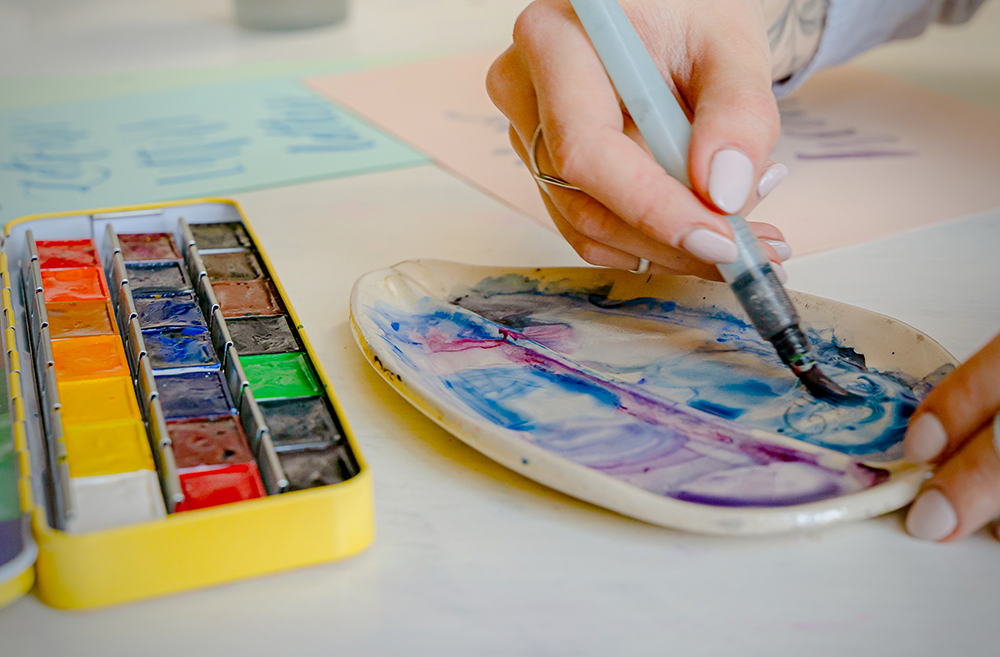
3. Working With Value
When creating a watercolor painting, it's best to work from light colors to dark colors, adding layers of value and color.
It's easier to add darker colors on top of lighter ones than vice versa.
Start by painting the lightest areas first and then gradually add darker colors.
This will help you create depth and dimension in your paintings.
So, plan ahead, starting with a light base color and then adding darker colors on top.
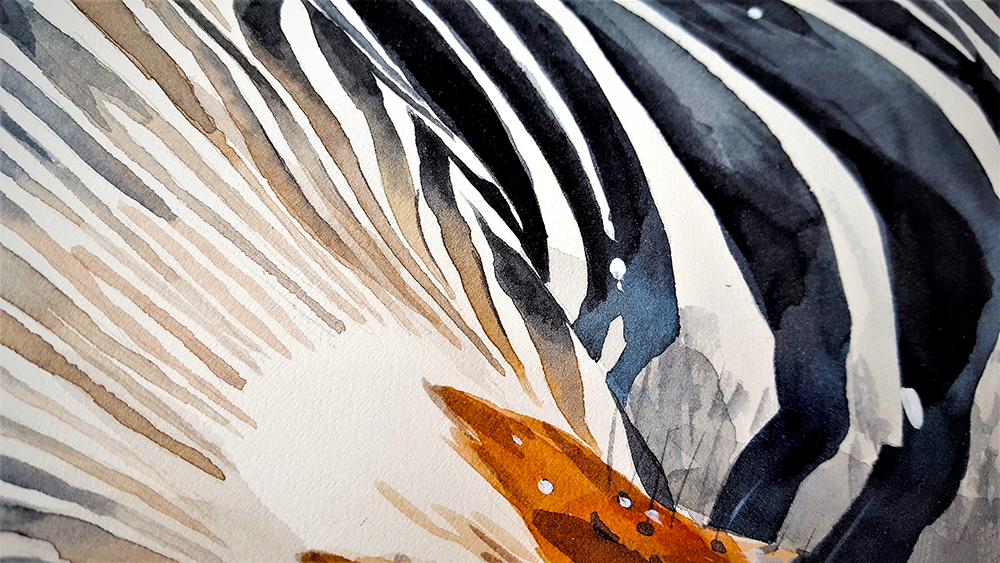


4. Know Your Paints and Paint Brushes
Watercolor paints come in two main forms: tubes and pans.
Tube paints are more concentrated, so a little goes a long way.
They're also great for mixing colors because you can squeeze out exactly how much paint you need.
Pans are pre-mixed and come in a tray, which makes them easy to transport.
They're perfect for painting on the go.
Also, mix colors together to ensure you always have the paint color you need; sets come with a limited palette of predetermined colors, but combining those paints together to create a full spectrum of new ones is lots of fun, allowing limitless possibilities!
As for paintbrushes, there are many different types of brushes available, and each one can create unique effects.
Round brushes are great for detailed work, while flat brushes are perfect for large areas of color.
Angular brushes are ideal for painting straight lines, and filbert brushes can be used for a variety of techniques.
You can find so many types of paint brushes, including fan brushes, so experiment with a variety of brushes to see which ones you like best.
Using the right paint brush will allow you to create fine detail, clean edges, an interesting texture, and so much more!

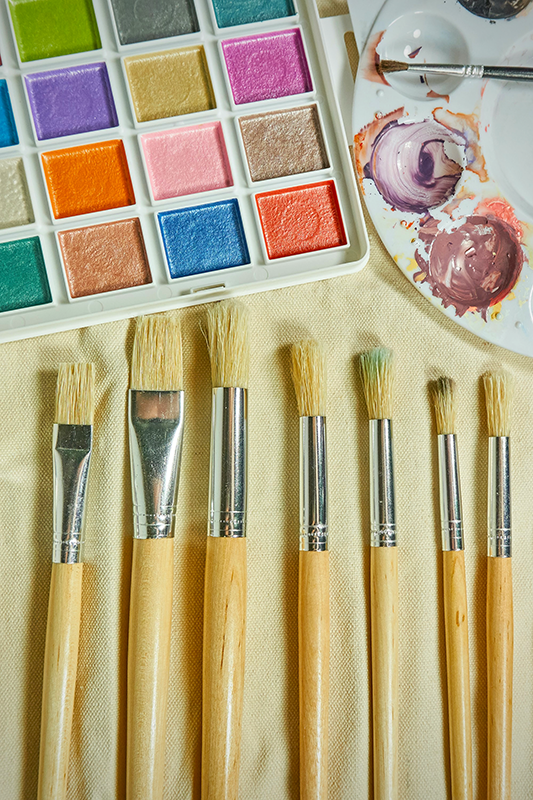
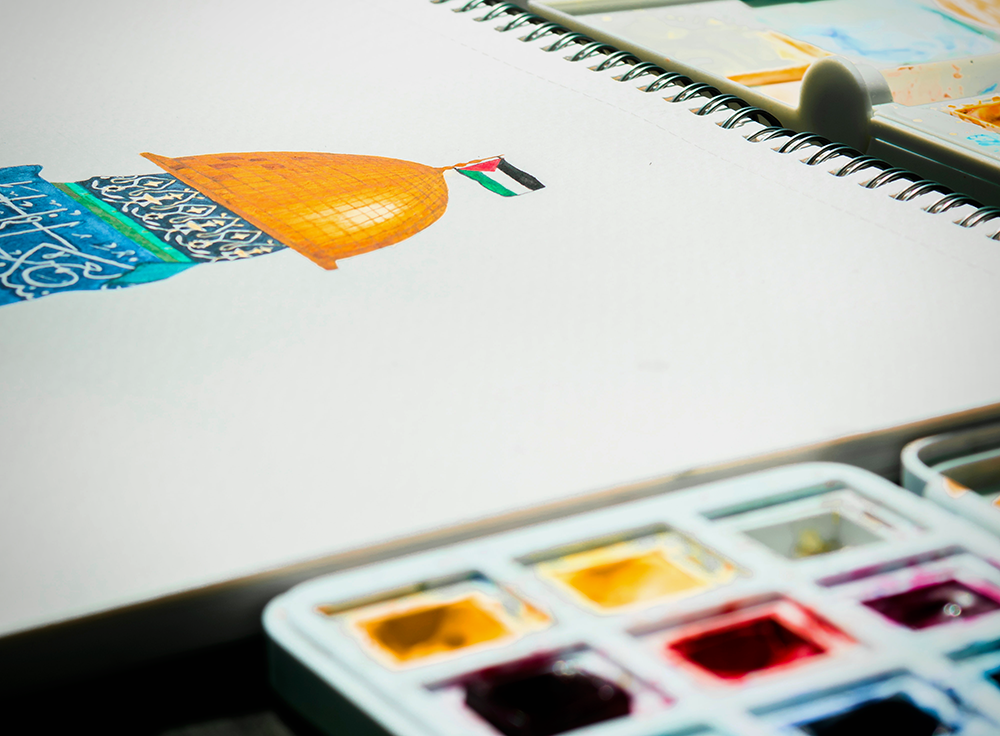
5. Be Patient
Watercolor painting takes time and practice.
Like with any skill, the more time you invest, the better you'll become.
So, be patient with yourself and don't expect to create masterpieces from the start.
Don't get discouraged if your first few paintings don't turn out the way you wanted them to—keep practicing and you'll eventually get the hang of it!
Focus on the process and enjoy experimenting with different techniques.
With time and practice, you'll be painting like a pro in no time.

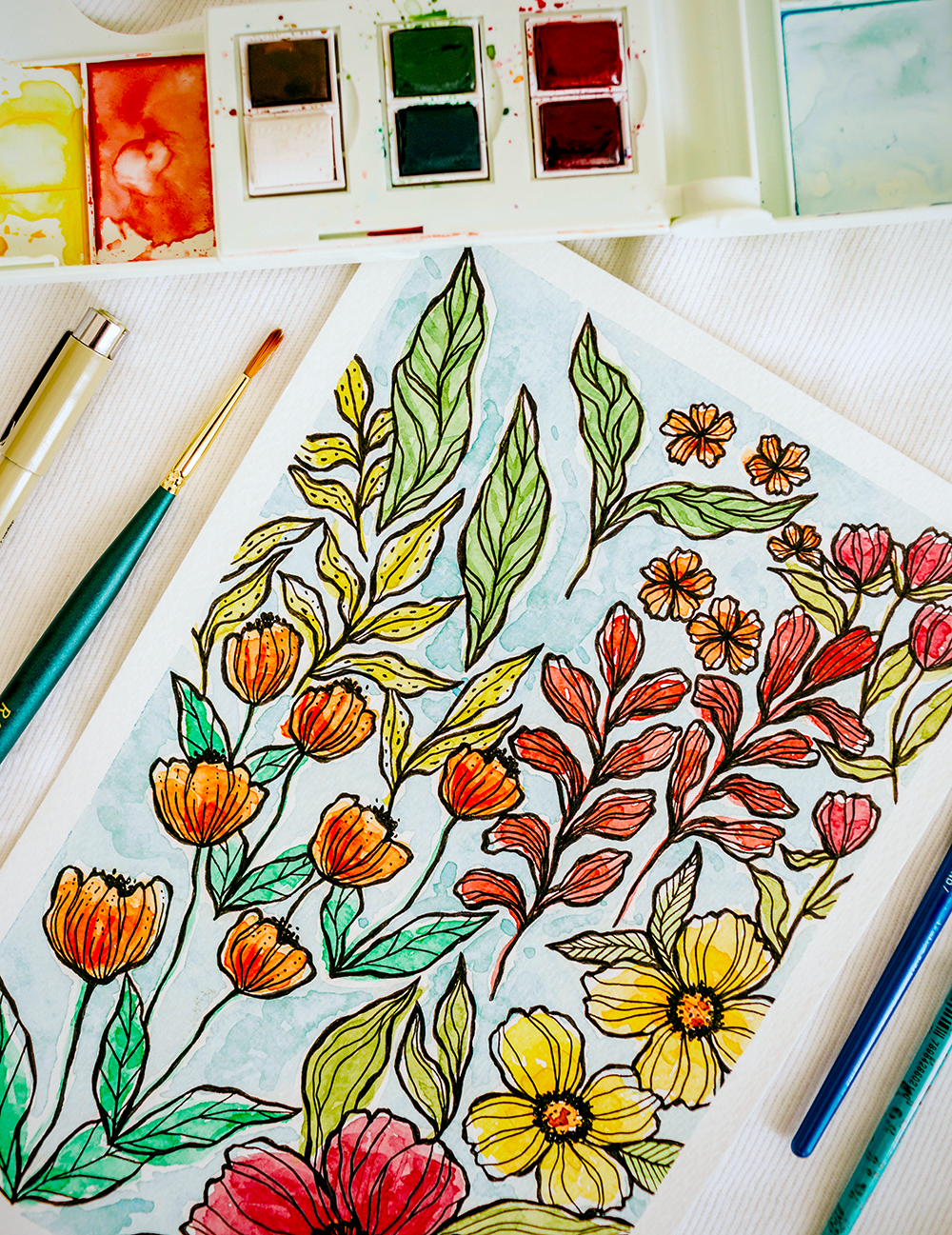
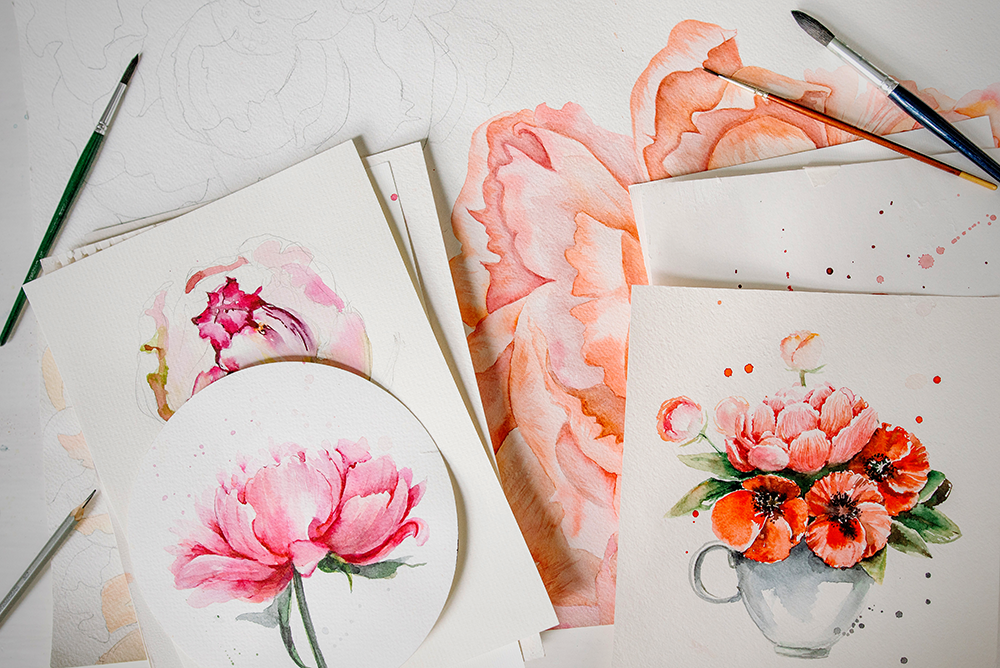
Bonus Tip
The most important thing is to have fun!
Painting should be enjoyable, so make sure to relax and have fun with it!
Don't be afraid to experiment!
One of the best things about watercolor painting is that there are no rules.
Feel free to experiment with different techniques and colors to see what you can create.
There's no wrong way to paint, so unleash your creative spirit!



Start Your Next Watercolor Painting
Watercolor painting is a beautiful and unique art form that can be enjoyed by artists of all ages and skill levels.
By following these essential watercolor tips, you'll be on your way to creating stunning watercolor paintings in no time!
Now that you're armed with these watercolor painting tips, it's time to get started!
Gather your supplies and let your creativity flow!
Who knows, you may even discover a hidden talent for watercolor painting!
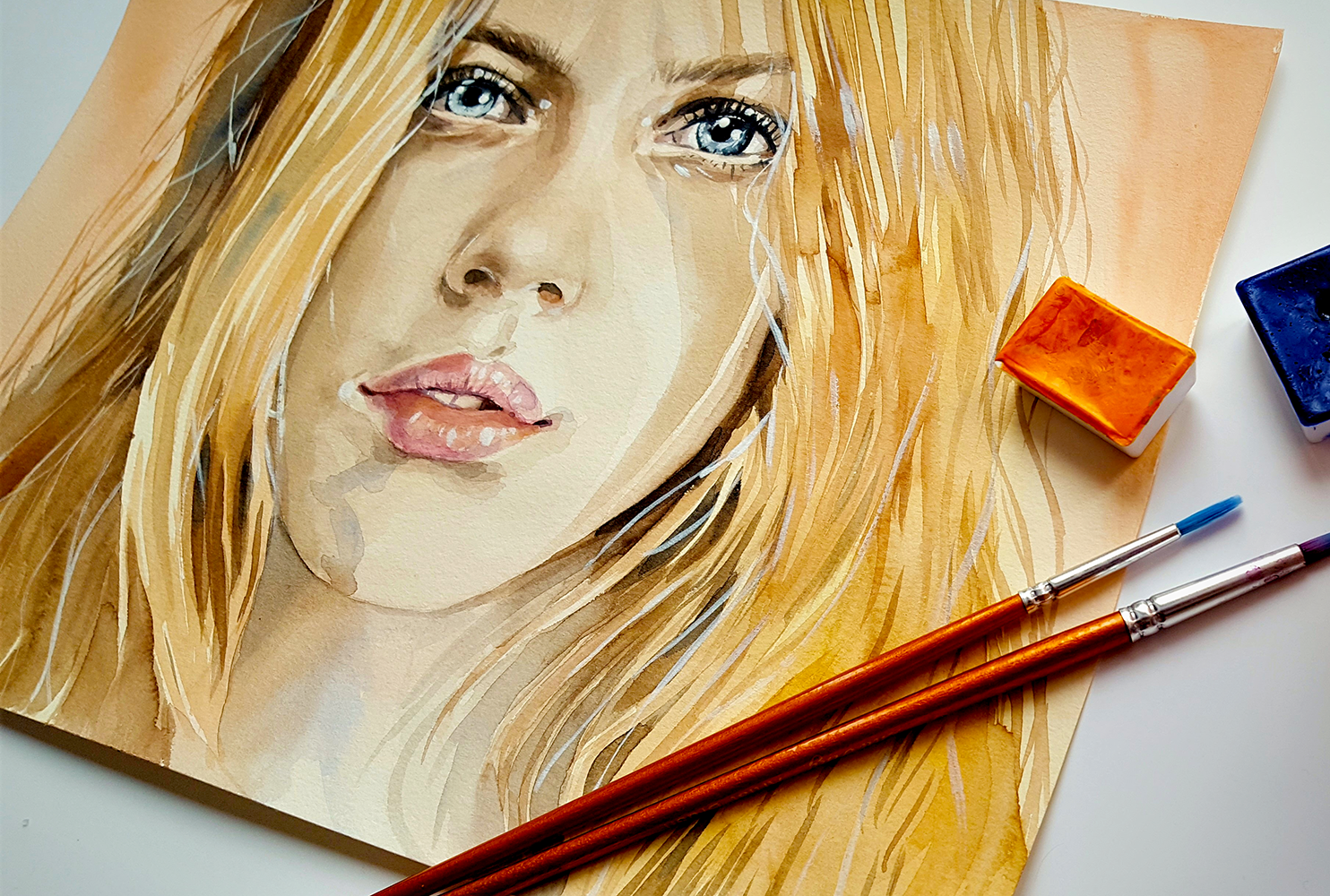
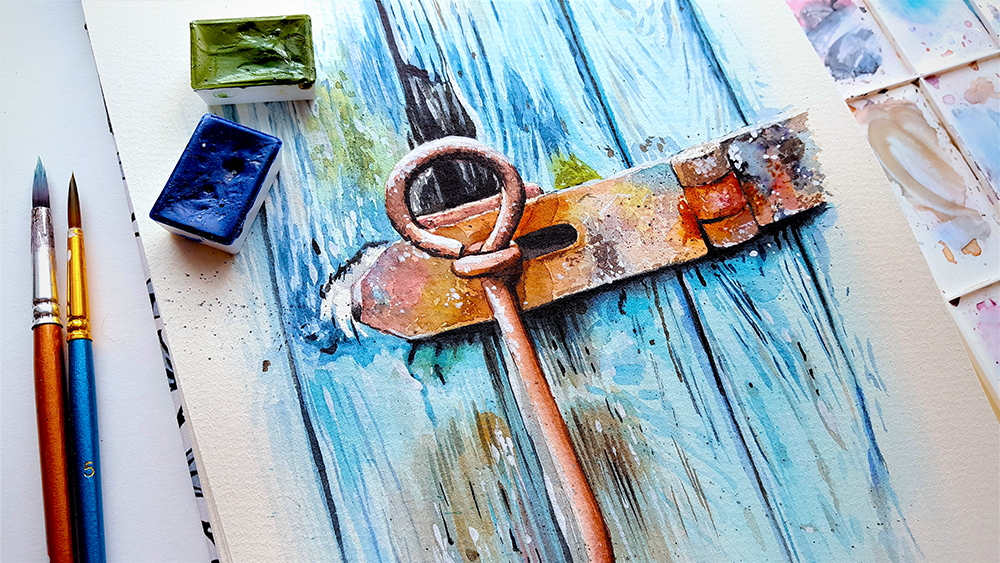

Want to learn more about watercolor painting techniques? Check out Makoccino's video!
Interested in learning watercolor?
Check out some of our other articles:
